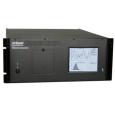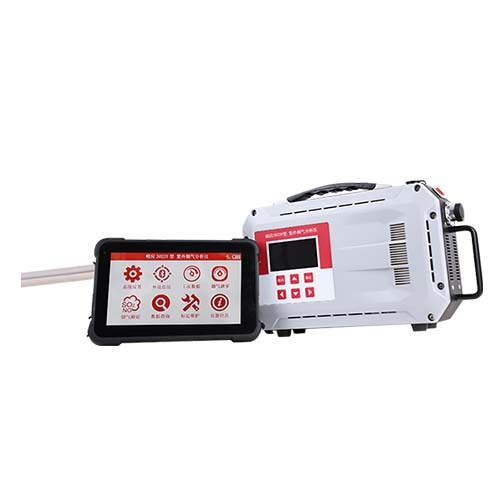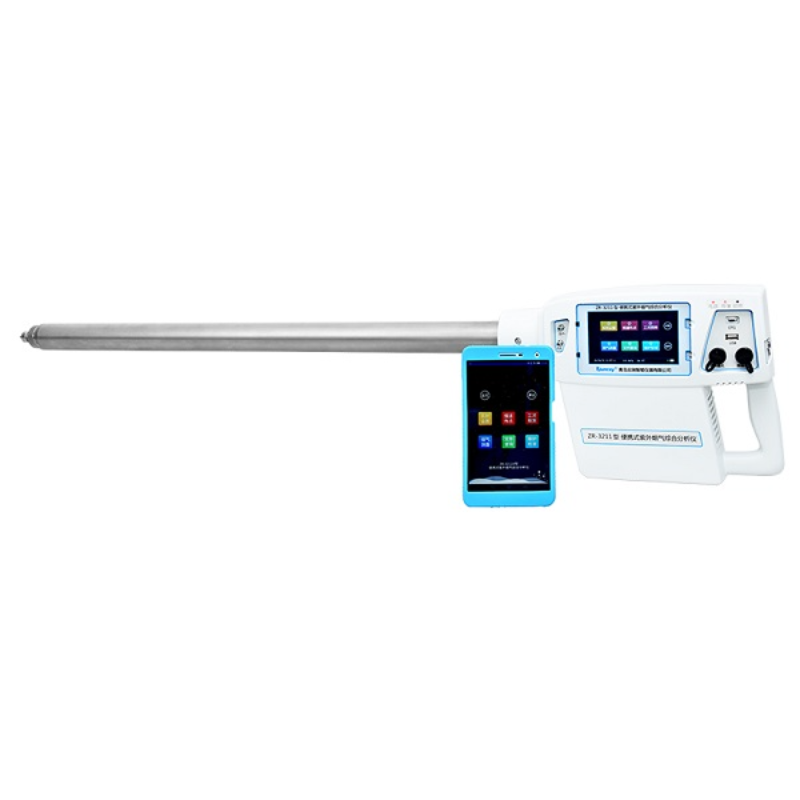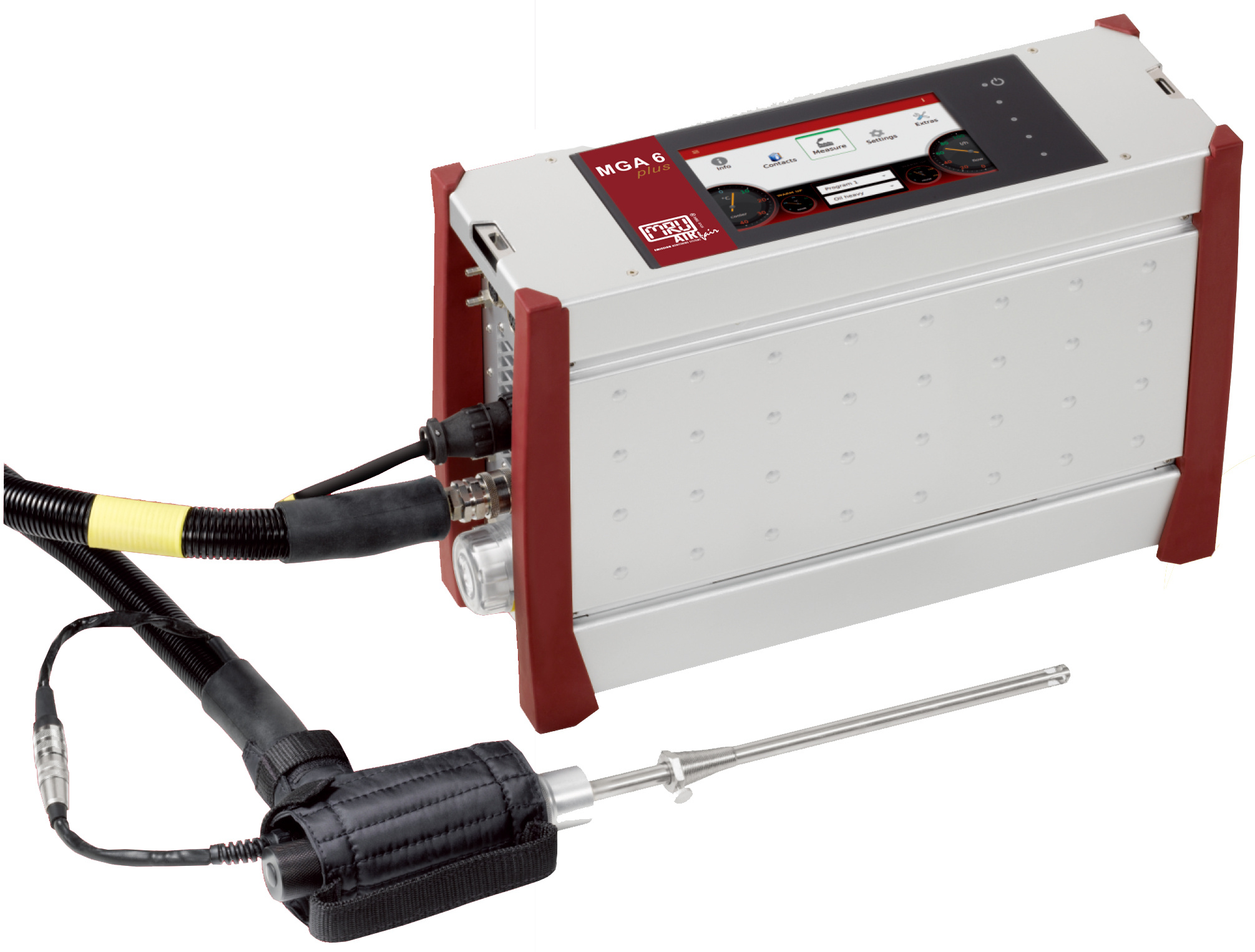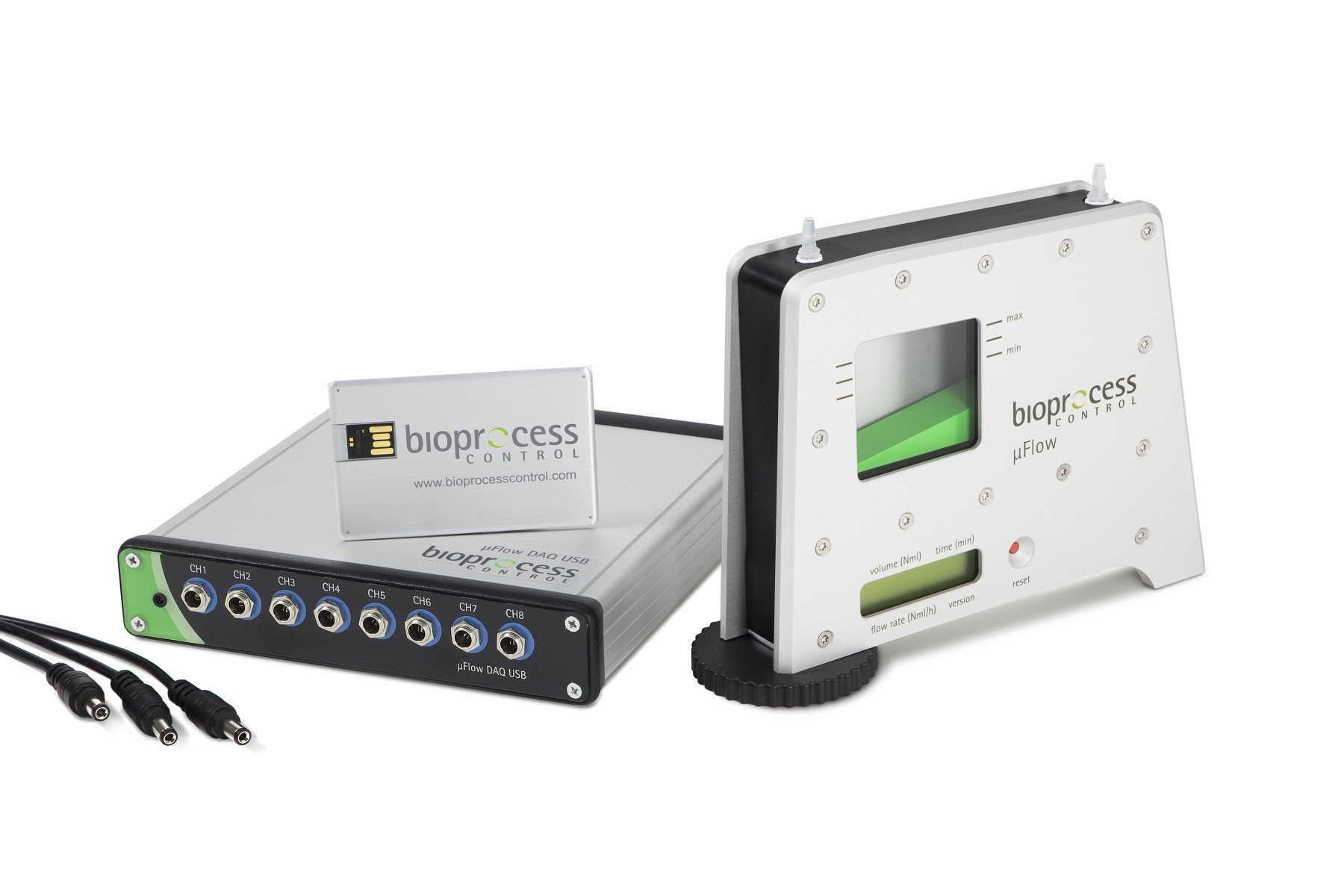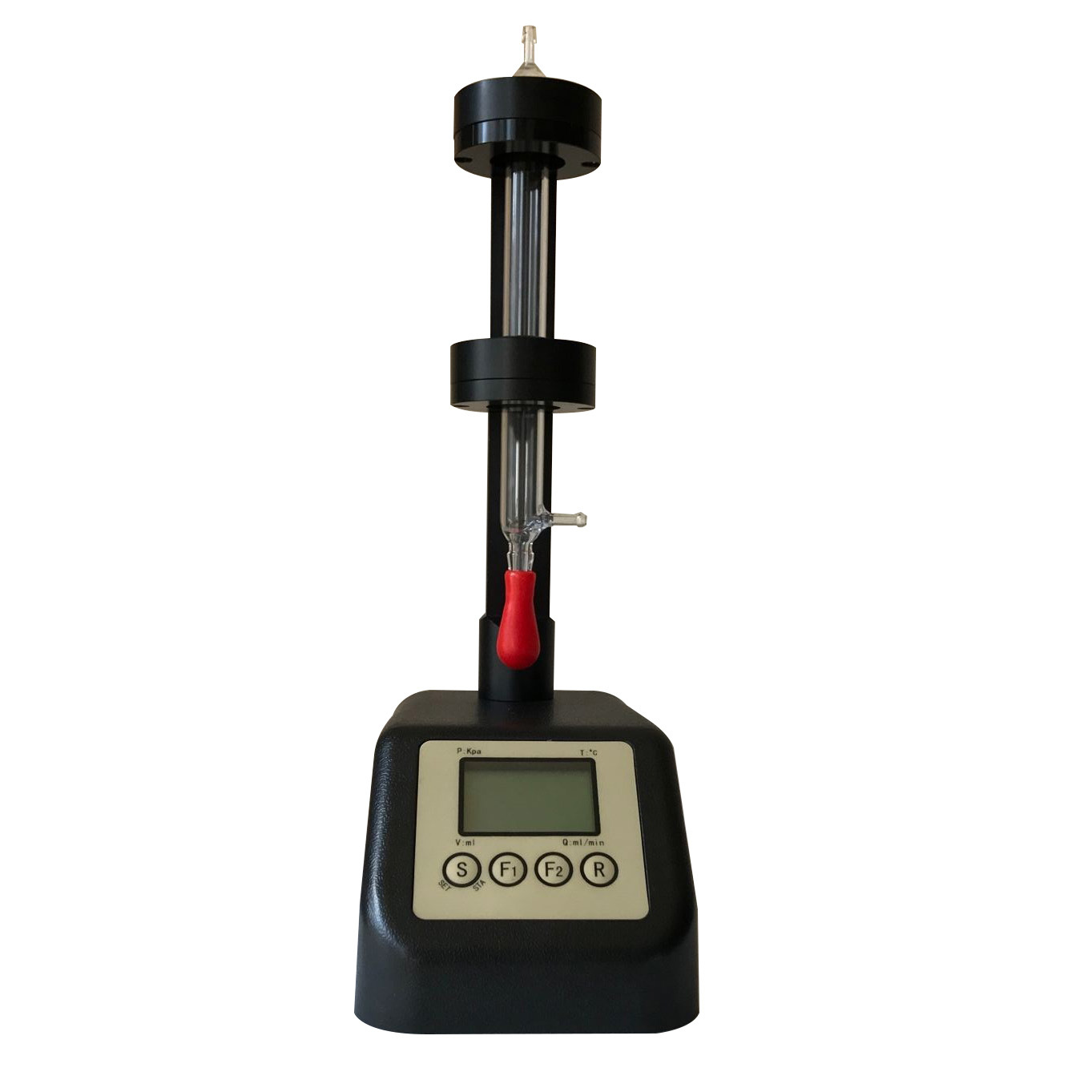During the last decade particulate matter emission regulation have mandated lower emissions.
Future regulations (e.g. EURO 5) will require even lower vehicle emissions. A large reduction in total
particulate mass will also create new problems in accurate measurement. Further the calibration of
engine maps to interface with soot trap optimisation will require transient data which is certainly beyond
current gravimetric procedures. Laser-Induced Incandescence is a technique capable of measuring
accurately and near instantaneously particulate matter mass and soot primary particle diameter. LII offers
as well the ability to operate in raw exhausts where hydrocarbon loading and vapours often affect other
instruments.
This poster presents the self-calibrated LII technique invented by the National Research Council, Canada
and currently under development in collaboration with Cranfield University. We present measurements
taken at Millbrook Proving Ground Emission Test Chamber on a Vauxhall Frontera® and a Dennis Dart®
bus following the Euro 4 cycle procedure and the Millbrook London Bus Transport Cycle Procedure. This
poster includes also a demonstration of real-time raw exhaust measurement between the exhaust and the
particulate trap of a London Bus and a comparison with instruments available within the test facility.
The
方案详情

CranfieldUNIVERSITY Real-time measurement of diesel nano-particulates Dept of Automotive, Mechanical & Structures Engineering School of EngineeringCranfield University Gregory J. Smallwood*, Glenn Sherwood, Vivien Beyer,Douglas A. Greenhalgh optical Cranfield, Beds MK43 0AL, UK Contact: Prof. Douglas A. Greenhalgh Tel:+44 (0) 1234754 726 Fax: +44 (0) 1234 750 425 http://www.cranfield.ac.uk/soe/departments/aeod/ “ National Research Council Canada, 1200 Montreal Road Ottawa,ON, Canada Synopsis: During the last decade particulate matter emission regulation have mandated lower emissions.Future regulations (e.g. EURO 5) will require even lower vehicle emissions. A large reduction in totalparticulate mass will also create new problems in accurate measurement. Further the calibration ofengine maps to interface with soot trap optimisation will require transient data which is certainly beyondcurrent gravimetric procedures. Laser-Induced Incandescence is a technique capable of measuringaccurately and near instantaneously particulate matter mass and soot primary particle diameter. LI/ offersas well the ability to operate in raw exhausts where hydrocarbon loading and vapours often affect otherinstruments. This poster presents the self-calibrated LII technique invented by the National Research Council, Canada and currently under development in collaboration with Cranfield University. We present measurements taken at Millbrook Proving Ground Emission Test Chamber on a Vauxhall Frontera@ and a Dennis Dart@ bus following the Euro 4 cycle procedure and the Millbrook London Bus Transport Cycle Procedure. This poster includes also a demonstration of real-time raw exhaust measurement between the exhaust and the Council Canada particulate trap of a London Bus and a comparison with instruments available within the test facility. The Laser-Induced Incandescence it As a soot measurement method,Laser-Induced Incandescence (LII) occurs when a high- The self-calibrated Time-Resolved LIItechnique is Patented by NationalResearch Council to Artium@ who builtthe Artium 200@ Lll instrument: Pulsed Nd:YA ReceiverOptics 400nm 5h 780nmlDetectors i200 Two-colour pyrometry is used to measure the transient The Artium 200@ instrument:Schematic of the system (top) and picture ofthe instrument itself (bottom) cooling of primary soot particulates during LIl against a radiance / irradiance standard source of light. Instruments available at Millbrook Test Centre:TEOM The Tapered Element Oscillating Microbalance (TEOM@) is a widely used device formeasuring Particulate Matter (PM) mass in real time. A filter substrate is mounted on the tipof a hollow, tapered tube. As the filter collects material, the inertial mass increase alters thenatural oscillating frequency of the tube, which is monitored continuouslyto give a signalproportional to the total mass of the filter. Although the signal can be monitored with highAHtIf :temporal resolution, the sensitivity of the device is limited by the change in mass necessaryto create a detectable change in oscillating frequency. Measurement issues with TEOM: .·The TEOM is sensitive to any kind of vibration ·Presence of water vapour inside the TEOM measurement volume yields noise and eventuallynegative measurements ELPI An electrical low pressure impactor (ELPI) is an inertial particle sizer particle sizer. A coronadischarge is used to charge the particles with positive ions. Then the charged particulatesdeposit on of the 12 impactor plates present in the system depending on their size. Thecurrent collected on each plate is read with an electrometer. The device used comprisedtwelve stages ranging from 0.03 to 7 microns Measurement issues with ELPI: ·The instrument measures aggregate sizes ·Limited number of size ranges · In this case time-averaged measurements (not real-time) were done Results obtained for the Euro 4 cycle procedure on theVauxhall Frontera@ 2.2 L Dti vehicle Comparison TEOM /LII for step changes in particulate matter massemitted by the Vauxhall Frontera" during the London cycle procedure·Lll has a finer resolution and a better signal to noise ratic10 ·Lll has faster time response (20 quasi-instantaneous mea: ments per second) ·L// is insensitive to water vapour (heated sampling cell), sulphuric acia and high boiling point hydrocarbon (laser heating). -LHrun1 -ELPIrun HMi -ELPI run 2 150 200250 Measured Particulate size [n Comparison ELPI /LII for the London Bus during the Millbrook LondonBus Transport cycle procedure ·Lll measures the primary particle size and has a fine resolution whereas ELP/measures aggregate size into 12 bins for the range 0.03 to 7 microns.· Would Ll// be more repeatable or less sensitive to change in measuremenconditions? Lll was the only technique capable of real-time pre-particulate trap particulate matter measurements becauseit is insensitive to hydrocarbons and vapours presenti within the raw exhaust gases and vibrations Test Road AreaC'VS areaTest configuration for the Dennis DartLondon Bus Results obtained for 2 different EGR (Exhaust Gas Recirculation)Maps for the London Bus during the London Bus cycle Procedure
确定
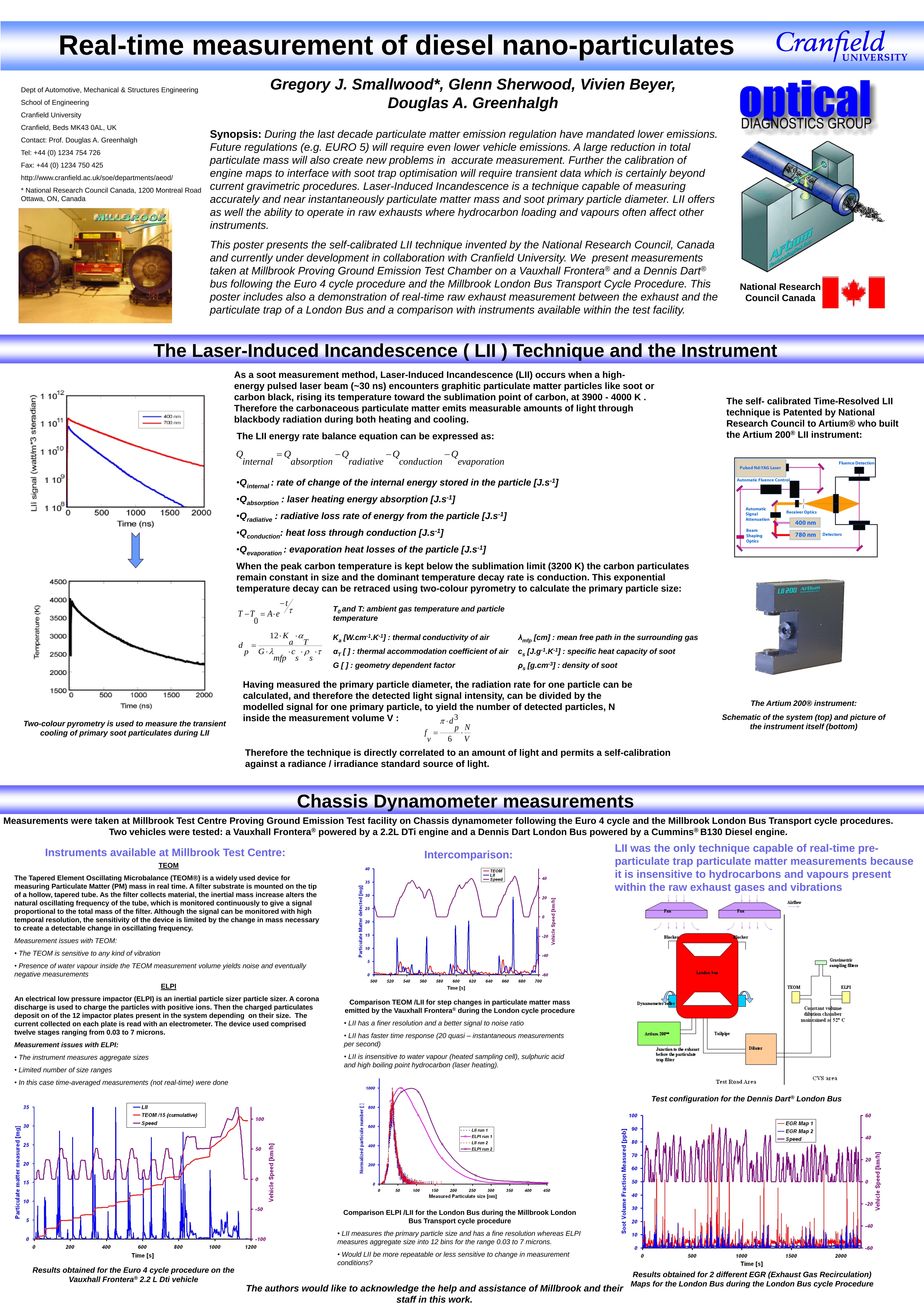
还剩1页未读,是否继续阅读?
北京欧兰科技发展有限公司为您提供《柴油中颗粒粒径,体积分数检测方案(烟气分析仪)》,该方案主要用于柴油中颗粒粒径,体积分数检测,参考标准--,《柴油中颗粒粒径,体积分数检测方案(烟气分析仪)》用到的仪器有激光诱导白炽光(LII)烟气分析仪、德国LaVision PIV/PLIF粒子成像测速场仪、PLIF平面激光诱导荧光火焰燃烧检测系统
推荐专场
烟气监测(CEMS)/烟气分析仪
更多
相关方案
更多
该厂商其他方案
更多










